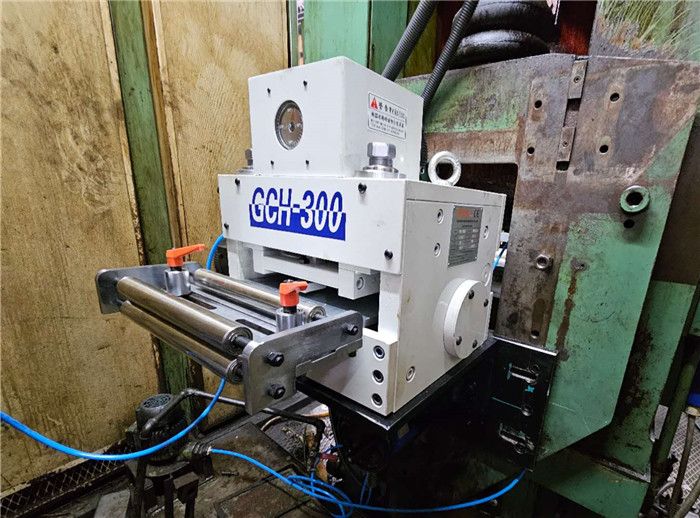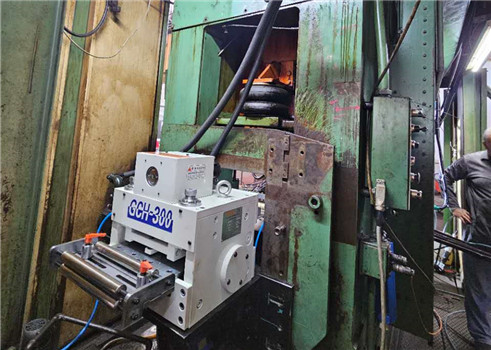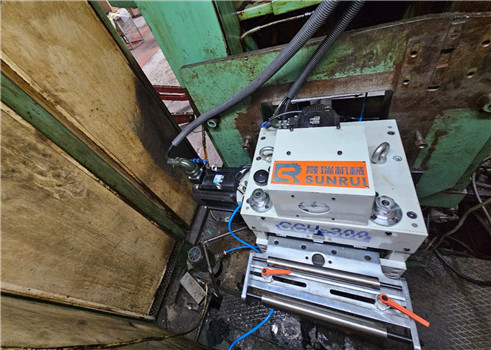Implementation of High-Speed Dual Servo Feeder in Customer's Factory

Challenge
The primary challenges faced by our customer included:
Inefficiency: The mechanical feeder was unable to maintain the required feeding speed, resulting in bottlenecks in the production line.
Inconsistent Feed Rates: Variability in feed rates led to misalignment and defects in the assembly process, affecting product quality.
High Downtime: Frequent jams and maintenance issues with the mechanical feeder contributed to increased downtime, impacting overall productivity.
Solution
Our customer decided to implement a High-Speed Dual Servo Feeder, which promised to resolve the issues related to material feeding.
The key features of the dual servo feeder included:
Precision Control: Dual servo motors allowed for precise control over the feeding process, ensuring consistent feed rates and reducing variability.
High-Speed Operation: Capable of achieving speeds that doubled those of the previous system, the dual servo feeder minimized bottlenecks on the production line.
Reduced Downtime: The robust design and fewer moving parts resulted in lower maintenance requirements, leading to increased uptime.


Implementation
The implementation process involved several key steps:
Assessment and Planning: A thorough analysis of the existing system was conducted to identify the optimal integration points for the new feeder.
Installation: The dual servo feeder was installed with minimal disruption to ongoing operations, leveraging existing infrastructure where possible.
Testing and Calibration: After installation, the feeder underwent rigorous testing to ensure it met the required specifications. Calibration was performed to optimize performance for the specific materials used in production.
Training: Operators and maintenance staff were trained on the new system, focusing on its features and best operational practices.
Results
The implementation of the High-Speed Dual Servo Feeder yielded significant improvements for our customer:
Increased Throughput: The new feeder achieved a 50% increase in feeding speed, allowing the production line to operate at higher capacities without compromising quality.
Enhanced Consistency: The precision control of the dual servo motors reduced feed rate variability, resulting in fewer defects and a higher-quality final product.
Reduced Downtime: With fewer mechanical failures and lower maintenance requirements, downtime was decreased by 30%, enhancing overall operational efficiency.
Conclusion
The successful implementation of the High-Speed Dual Servo Feeder at our customer not only addressed existing challenges but also positioned the company for future growth. The increased efficiency, enhanced product quality, and reduced downtime contributed to a more streamlined manufacturing process. This case exemplifies the critical role of advanced technology in modern manufacturing and its potential to transform production capabilities.
Future Prospects
Encouraged by the success of the dual servo feeder, Our customer is now exploring further automation solutions and enhancements to optimize their entire production line. Their experience serves as a valuable reference for other manufacturers seeking to improve efficiency and quality through advanced feeding technologies.


